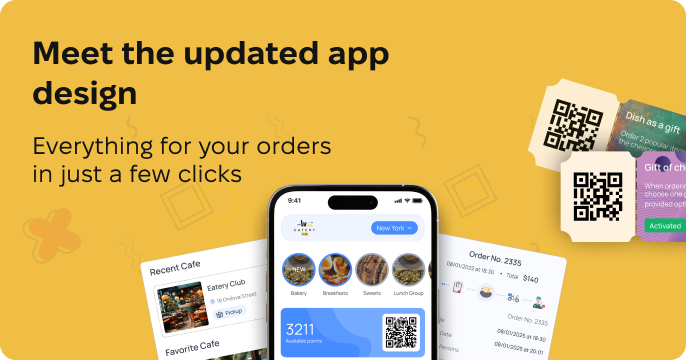Business
Loyalty 2.0: Why Traditional Bonus Programs No Longer Work and What Restaurants Should Do
Traditional loyalty cards are dead. Discover how Gen Z expects authentic experiences over points. Learn new restaurant loyalty strategies that actually work in 2025.

Imagine this: your loyal guest, who has been diligently collecting points in your loyalty program for two years, suddenly stops coming. Not because of the food quality or service—but simply because collecting 50 points for a free coffee no longer seems worth the effort. This is the reality many restaurants worldwide have faced upon realizing that customers are thinking fundamentally differently.
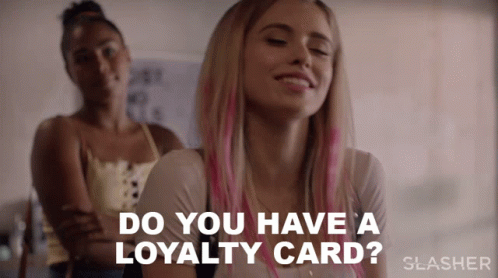
The restaurant industry is undergoing a revolution in its approach to customer loyalty. What worked for years—point accumulation, visit-based discounts, VIP cards—is now losing effectiveness at lightning speed.
The numbers are striking: Gen Z is simply not as brand-loyal as their predecessors. They aren’t willing to wait months to accrue points, don’t value discounts for the sake of discounts, and instantly switch to competitors offering a more authentic experience.
The Anatomy of Failure: Why Points Don’t Foster Loyalty
The illusion of loyalty instead of real brand affinity is the core issue for most modern restaurants—owners equate loyalty programs with genuine attachment to the brand. But these concepts are fundamentally different. In reality, a customer may use your loyalty program simply because it’s advantageous, without feeling any emotional connection to the brand. Once a more appealing offer arises—they’ll leave without looking back, and all those accumulated points won’t keep them around.
Young people especially understand the difference between transactional relationships and true value. They’re unwilling to play the long game of collecting points. If your restaurant can’t offer instant value, authentic experience, or emotional connection—young consumers will simply find someone who can.
Personalization as a Beautiful Illusion. Many restaurants today boast about “personalized offers” in their loyalty programs. But what does this really mean? Usually, it’s primitive segmentation like “coffee lovers” or “dessert fans” with corresponding discounts.
True personalization is when the barista remembers you like a cinnamon cappuccino with no sugar and starts making it before you even order. When the waiter knows you don’t eat spicy food and proactively warns you about the spice level. When the host remembers you celebrated your anniversary last month and greets you accordingly.
Starbucks Case: How to Destroy Trust with One Decision
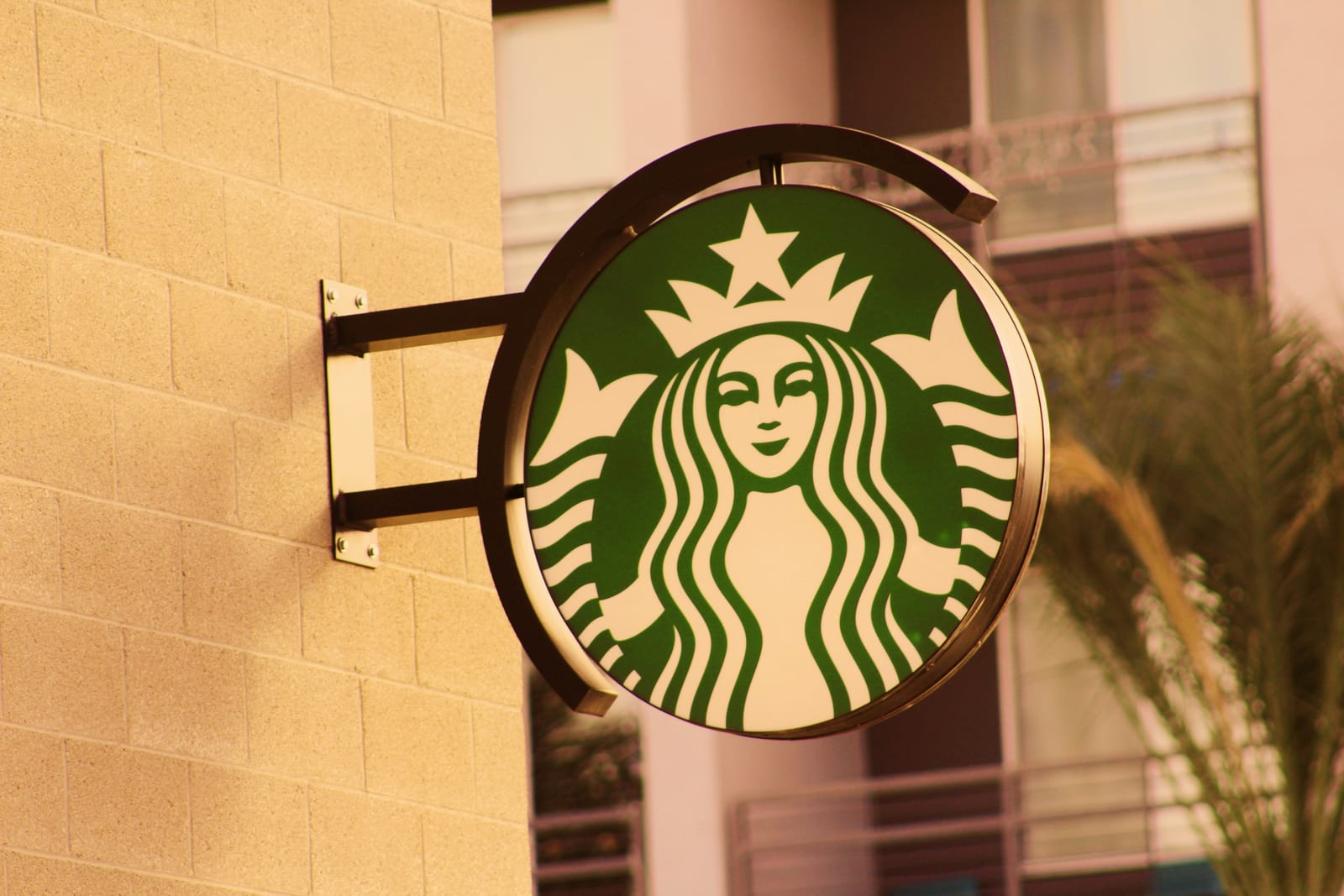
The 2023 Starbucks story became a textbook example of how NOT to treat loyal customers. After decades of building one of the world’s most successful loyalty programs, the company drastically devalued its rewards system.
Paul Barron, host of the Restaurant Masterminds podcast, personally felt the impact: “This was the key reason I stopped going to Starbucks. If you can’t afford a loyalty program—don’t run one at all.”
Imagine the feeling of a customer who spent years carefully collecting stars, planning purchases around the bonus system, enjoying free drinks—only to discover the rules changed unilaterally. What used to cost 150 stars now requires 200. A favorite drink once free now costs extra.
This isn’t just a change of terms—it’s a breach of trust. Starbucks customers felt cheated, disregarded, unappreciated. Many, like Barron, simply switched to competitors and never came back.
The lesson for all restaurateurs is simple and harsh: if you’re not ready to invest in a loyalty program long-term, if you see it as an expense and not an investment in customer relationships—don’t start at all. Customers value your honesty more than a program you’ll later “cheap out” or cancel.
What Truly Creates Loyalty: A Revolution of Small Gestures
True loyalty isn’t born in CRM systems or point databases. It emerges in moments of genuine human interaction when a guest feels valued not as a revenue source but as a person.
Consider a simple yet powerful example: a staff member writing a customer’s name on a takeaway bag with a smile. It takes an extra 10 seconds, costs nothing, but creates an emotional connection no bonus system can replicate.
Think about your own experiences. What do you remember better: the restaurant where you collected 500 points, or the place where the waitress noticed your bad mood and brought a complimentary dish? Where the host called the next day to ensure everything was delicious?
Emotional memory trumps money. Gen Z is especially sensitive to authenticity. They instantly detect artificiality and are repelled by it. But when they feel genuine care and interest—they become not just customers, but brand ambassadors.
Young people are willing to pay more for experiences that inspire them. They love sharing stories about places that made their day better on social media. But they also ruthlessly criticize restaurants that failed to meet their expectations.
Transparency as the Foundation of Trust. Modern consumers live in an age of information transparency. They expect all information to be a click away and every company decision to be scrutinized.
This means any attempt to quietly alter loyalty program terms, worsen conditions, or introduce hidden fees will quickly become public. Worse, such actions don’t just alienate individual customers—they can go viral and damage the restaurant’s reputation.
Transparency must be absolute: if you change the loyalty program terms—announce it openly, in advance, and with an explanation. If you’re facing financial difficulties and can’t maintain the same reward level—be honest. Customers can forgive many things, but never lies.
Gamification: When the Game Becomes the Goal

Instead of long-term point collection over months, modern restaurants are experimenting with short-term but intense challenges that evoke excitement and achievement.
Imagine this: during the Olympics, your restaurant launches an “Olympic Challenge”—visit five times during the games and receive an exclusive prize. Not just a discount or free meal—but a unique experience money can’t buy.
We’ve seen brands run time-limited challenges around cultural events like Eurovision. These “visit challenges” with “amazing prizes” boost engagement without relying solely on transactional rewards.
The Psychology of Achievement. Why does it work? Because it fulfills basic human psychological needs: for achievement, uniqueness, community. When a customer completes a challenge, they feel like a winner, not just a buyer.
Moreover, such challenges offer natural opportunities for social media content. Customers share their achievements, tag the restaurant, and involve friends. This is organic marketing—far more effective than ads.
Examples of successful gamification:
Seasonal menu quests: try all autumn menu dishes in a month
Social challenges: bring 3 new friends and earn an exclusive culinary masterclass
Creative tasks: create the best photo with our dish and win a private lunch with the chef
Transformation Roadmap
Learn how to optimize your restaurant business flow
Complex Audit of the Current Loyalty Program
Before making changes, honestly assess the current situation. Most restaurants don’t even know the real stats of their loyalty programs.
Key questions:
- How many customers actively use the program? (Not just registered—truly active)
- What’s the average time from registration to first reward use?
- How many customers use the program regularly (at least once a month)?
- What is the real ROI of the loyalty program?
- Do participants’ average checks increase compared to regular clients?
Numbers are only half the picture. Equally important is what customers think. Run surveys, organize focus groups, talk to regulars.
Ask:
What do you like about our loyalty program?
What annoys or inconveniences you?
What would make you use the program more often?
How did you hear about our loyalty program?
Would you recommend it to friends?
Creating a Personal Experience System
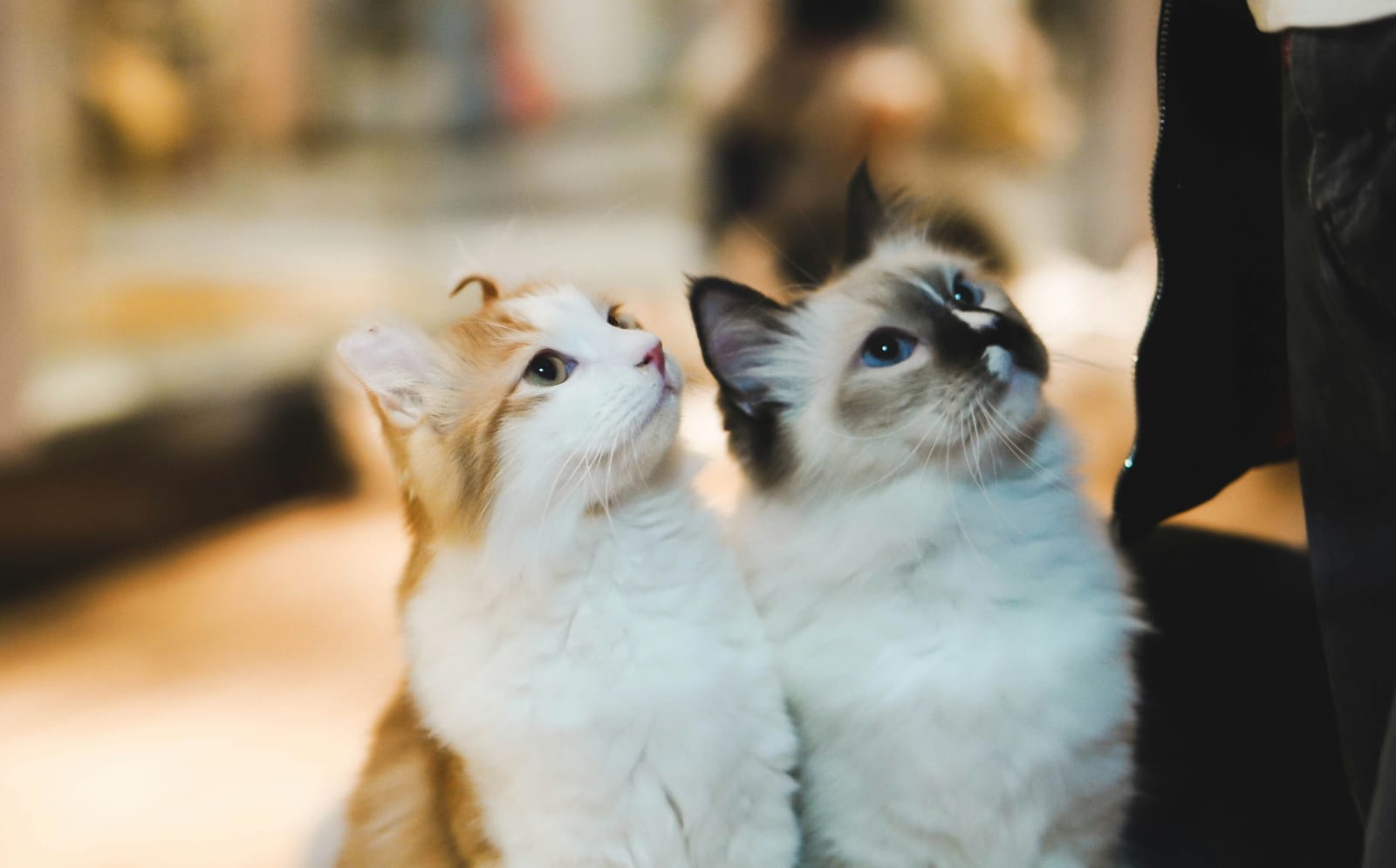
Use Eatery.club’s loyalty program not as an end goal but as a tool for building real relationships.
Behavior-based personalization:
- Analyze order history not to push products, but to better understand guest preferences
- Automatic birthday greetings—not just template SMS, but a personal favorite dish offer with a special discount
- Recommend new dishes based on previous likes, with an explanation: “We know you enjoy spicy Asian food, so we suggest trying our new Thai noodles”
VIP status as personal care:
Instead of formal tiers (Bronze, Silver, Gold), build a personal engagement system:
- “Favorite Guests”—regulars who always get something special
- “Explorers”—those who always try new menu items
- “Sociables”—guests who often bring friends and create atmosphere
Integrating All Touchpoints
Your QR menu or website can be more than just a digital catalog. It can:
- Suggest perfect food and drink pairings
- Inform about promotions in a friendly, unobtrusive way
- Collect real-time dish feedback
Your mobile app should be a channel for spontaneous delightful surprises:
- Push notifications not about sales, but with personal offers: “Hi Alex! It’s a great day for our summer salad. Want to try it?”
- Exclusive dish previews for active app users
- One-tap table reservation feature
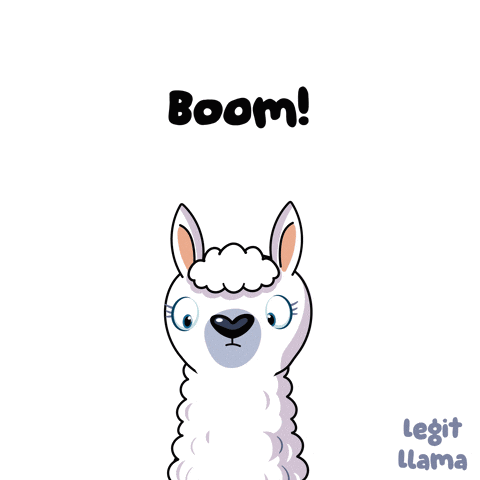
Your Next Steps
- Honestly assess your current loyalty program—conduct an audit and gather customer feedback
- Focus on personal touchpoints—train staff to create emotional connections
- Be ready to evolve—technology changes fast, and flexibility is key
- Invest wisely in technology—to enhance, not replace, human relationships
- Measure the right metrics—focus on relationship quality, not just visit frequency
Remember this: In a world where AI can answer any question and robots can brew perfect coffee, the only uniquely human trait left is our ability to create genuine emotional connections. That’s the essence of new loyalty.
